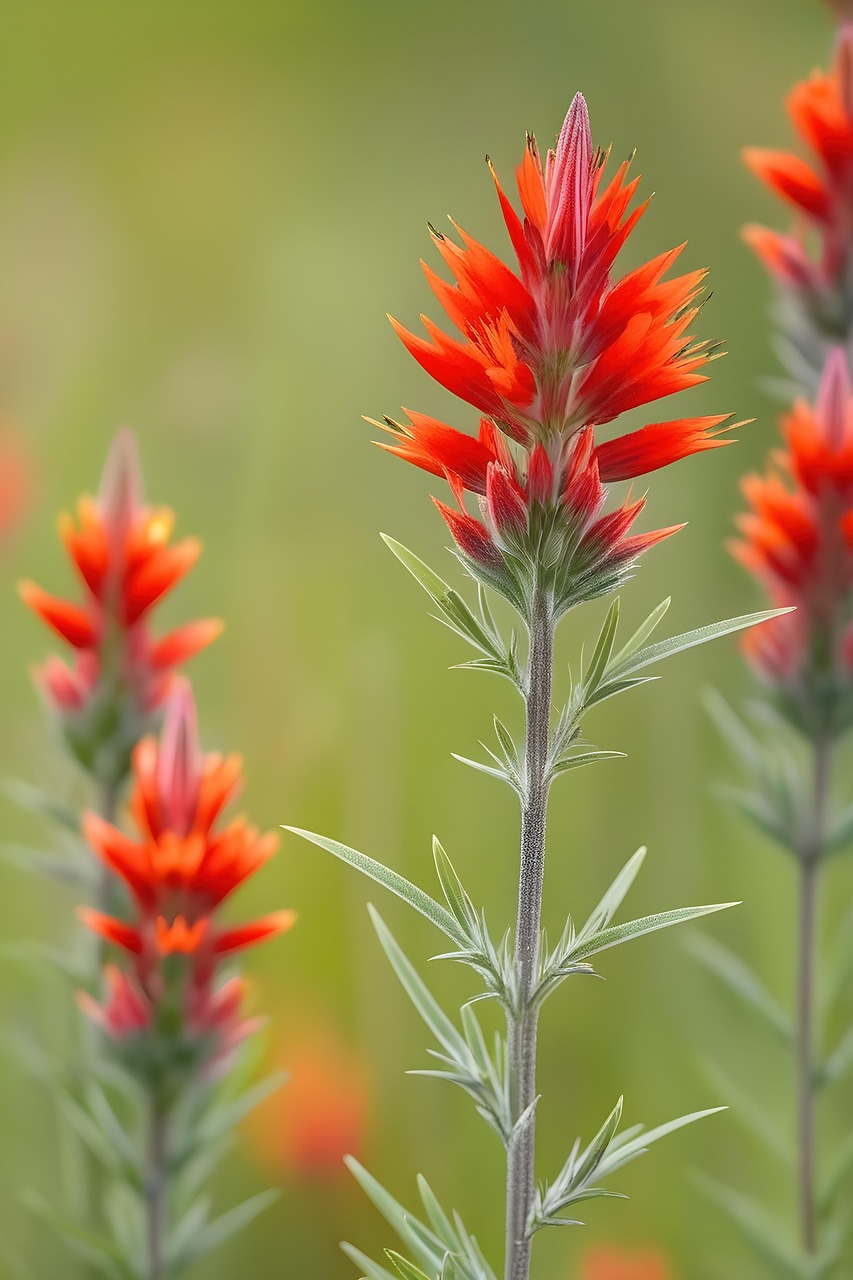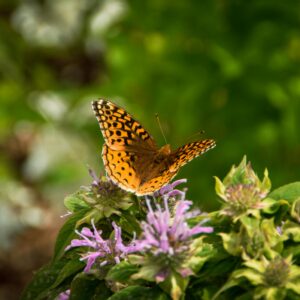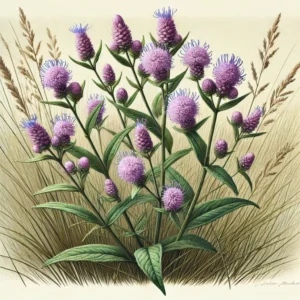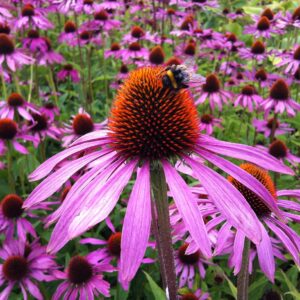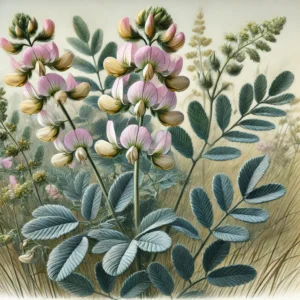Indian Paintbrush (Castilleja spp.) is a striking wildflower known for its brilliantly colored bracts, which resemble paintbrushes dipped in vibrant hues. It is a member of the Orobanchaceae (broomrape) family and is semi-parasitic, meaning it derives some of its nutrients from the roots of neighboring plants.
Identification & Features
Color: Most commonly red or orange, but can also be pink, yellow, or white, depending on the species.
Leaves & Bracts: The showy part of the plant isn’t the flower itself but bracts (modified leaves) that surround the small, inconspicuous flowers. The true flowers are tubular and hidden within the bracts.
Height: Typically 6-24 inches tall, depending on the species and growing conditions.
Growth Habit: Found in prairies, open woodlands, and grasslands, thriving in well-drained soils. Because it is semi-parasitic, it grows best when near a host plant, such as grasses or other native wildflowers.
Range & Habitat: Native to North America, including the Midwest, Great Plains, and Western U.S. Often found in meadows, prairies, roadsides, and mountainous regions.
Bloom Time: Spring through summer, depending on species and location.
Pollinators & Wildlife: Hummingbirds, butterflies, and bees are the primary pollinators. Deer and livestock typically avoid eating Indian Paintbrush due to its slightly toxic properties.
Growing Indian Paintbrush: Best grown in wildflower meadows where it can naturally find host plants.

